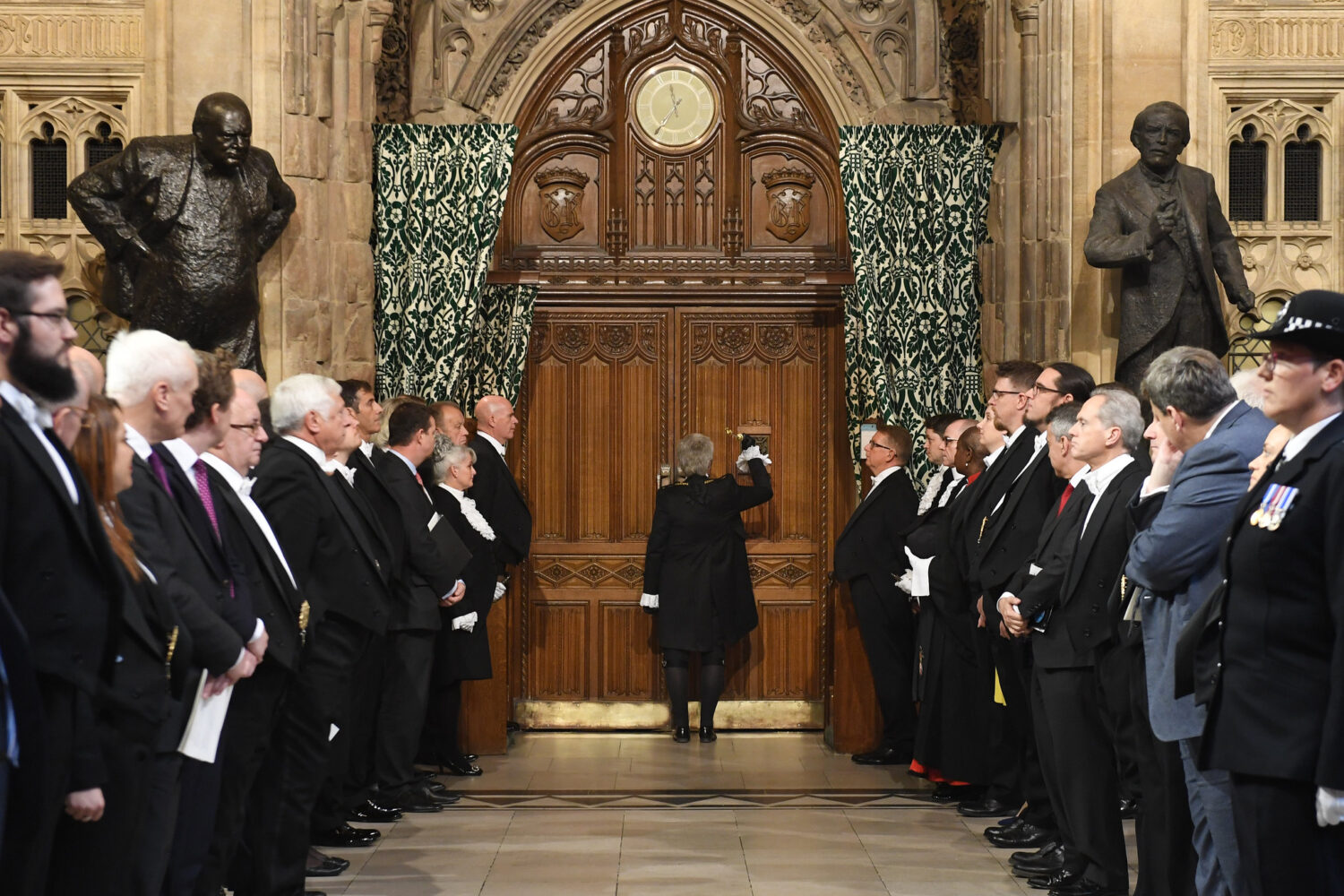

Emma Crewe
Research Professor
SOAS University of London
Scholars of parliament often classify MPs’ work as roles and measure their activities, votes and outputs, missing the contradictory, dynamic and relational aspects of politics. Building on ethnographic studies of space in parliaments, I offer a systematic way to research MPs’ work by looking at the rhythms of performance through time and space, the riffs of meaning and how these are both organised by rituals and symbols both in parliament and outside. Critical of my own former bias towards both mind, knowledge and temporal perspectives, in my recent book on the Anthropology of Parliaments (forthcoming), I bring bodies, emotion and space into the centre of my analysis. Under the influence of Lefebvre (2013) and Mead (1934), in this paper I will draw out more of the implications of embodied spatial processes for the study of parliaments.
This methodological approach enables a study of the differences between MPs but also the patterns of interaction in the various buildings, spaces and sites in both parliaments and constituencies. To provide an example of how this works, I will elaborate this approach to understanding space in relation to my own ethnographic research on the House of Lords (2005) and House of Commons (2015). Politicians’ minds and bodies have to navigate time (parliamentary calendar and seasons) and space (a parliamentary estate often with many outbuildings, government departments and the streets of their constituencies) by following repetitive routines and timetables but also improvising new ones. These rhythms create continuity and disruption in the work of MPs and peers. Groups of MPs share rhythms in common – mostly planned (e.g., attending a Select Committee), and others spontaneous (like sitting regularly with your allies in the tea room), while many rhythms are idiosyncratic (e.g., visiting particular businesses in their constituency annually). In their everyday work, rhythms provide continuity in social relations and form, which makes it possible for MPs to navigate their changeable social world and shapeshift between audiences. It means they can develop and maintain key social relationships and have some continuous sense of self in relation to the world around them. While the space of the Commons is like a frenetic city, with many outbuildings and a high turnover of politicians at each election, the House of Lords is more like a gilded village. Peers’ membership is for life and they occupy a far more restricted space. Their use of space both creates but also reveals a completely different culture and politics.
This approach to understanding political work, considering how minds and bodies are entangled in time and space, is not only generative for understanding MPs and peers. We all engage in politics – at work and play – and we all need rhythms, riffs and rituals to navigate our entangled social and political worlds. But politicians do politics with the dial turned up because they walk with even more friends and foes, and engage in more bitter power struggles, than the rest of us. The dial indicates intensity – of emotion, pleasure, pain, cultural significance, political impact… – meaning that what politicians do as they navigate space tends to be a magnified version of the politics enaged in by ordinary people.